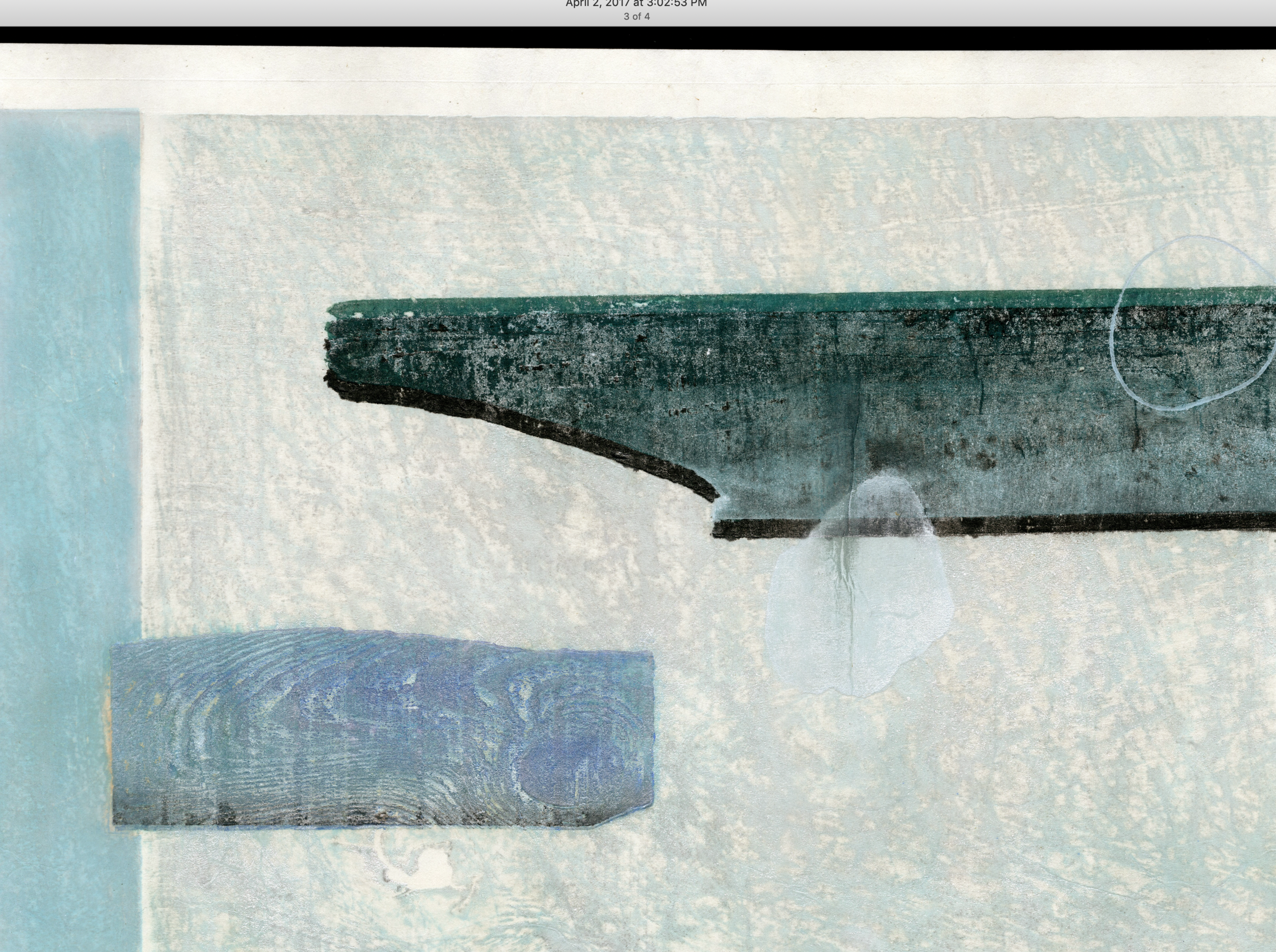HAGIWARA
COLLECTING JAPANESE PRINTS FEATURED SOSAKU HANGA ARTISTHideo Hagiwara
1913 - 2007
Profile at a Glance:
Sosaku Hanga artist
Produced work in both representational and abstract formats
Among first Sosaku Hanga artists to be recognized internationally, winning awards abroad in the Krakow, Ljubljana, Banska, and Lugano Biennales
His last and perhaps most celebrated accomplishment is his series 36 Fujis produced in 1981-86
Hagiwara Hideo was a sosaku hanga artist born in 1913 in Kofu City, Yamanashi Prefecture. The son of a Japanese officer serving in mainland Asia, Hagiwara, received his early education from schools in Korea and Manchuria before returning to Japan in 1929. He continued his studies in Tokyo, where he learned oil painting techniques and had work accepted by the Hakujitsu-kai organization in 1932. That same year, Hagiwara entered the Bunka Gakuin Fine Art Association and a year later enrolled in the Tokyo School of Fine Arts oil painting division. Over the next six years, he also attended Hiratsuka Un'ichi's woodblock printing courses and, as a result, joined the Takamizawa Woodblock Print company in 1938.
Working as a quality controller, Hagiwara quickly learned essential printmaking techniques. He continued to work for Takamizawa until being conscripted into the army in 1943; unfortunately, he was soon afflicted with tuberculosis and was bedridden from 1945 to 1948. During this period, Hagiwara used the additional time to learn sosaku hanga printmaking and, in 1950, began rebuilding his atelier, which had been destroyed during the war.
From 1951, Hagiwara held a number of solo exhibitions, featuring oil paintings (1951) and hanga (1956), at the Yoseido gallery in Tokyo. His hanga, in particular, drew the attention of the Japan Print Association, which featured several of his works at an annual exhibition. However, it was Hagiwara's abstract prints, which he began producing in 1958, which established his international reputation as an artist. He was soon the recipient of major awards at several international competitions, including the Tokyo, Krakow, Ljubljana, Banska, and Lugano Biennale(s). Notably, his series Stone Flower was shown at the International Tokyo Print Biennale (1960), and Man in Armor (1962–64) also received widespread recognition. In addition to his artistic talent, Hagiwara was remarkably innovative: he developed a system of printing utilizing the back of the paper to scratch into blocks or composed blocks from cut-up pieces. He further was able to simulate lithographic effects in woodblock prints.
Several years later, in 1967, Hagiwara served as a visiting professor at the University of Oregon and a decade later became a lecturer at Tokyo University of Fine Arts and Music. In 1979, he became chairman of the Japanese Print Association and maintained a dominant position within the woodblock printing community after replacing Munakata Shiko in 1975. Hagiwara Hideo passed away in 2007.






